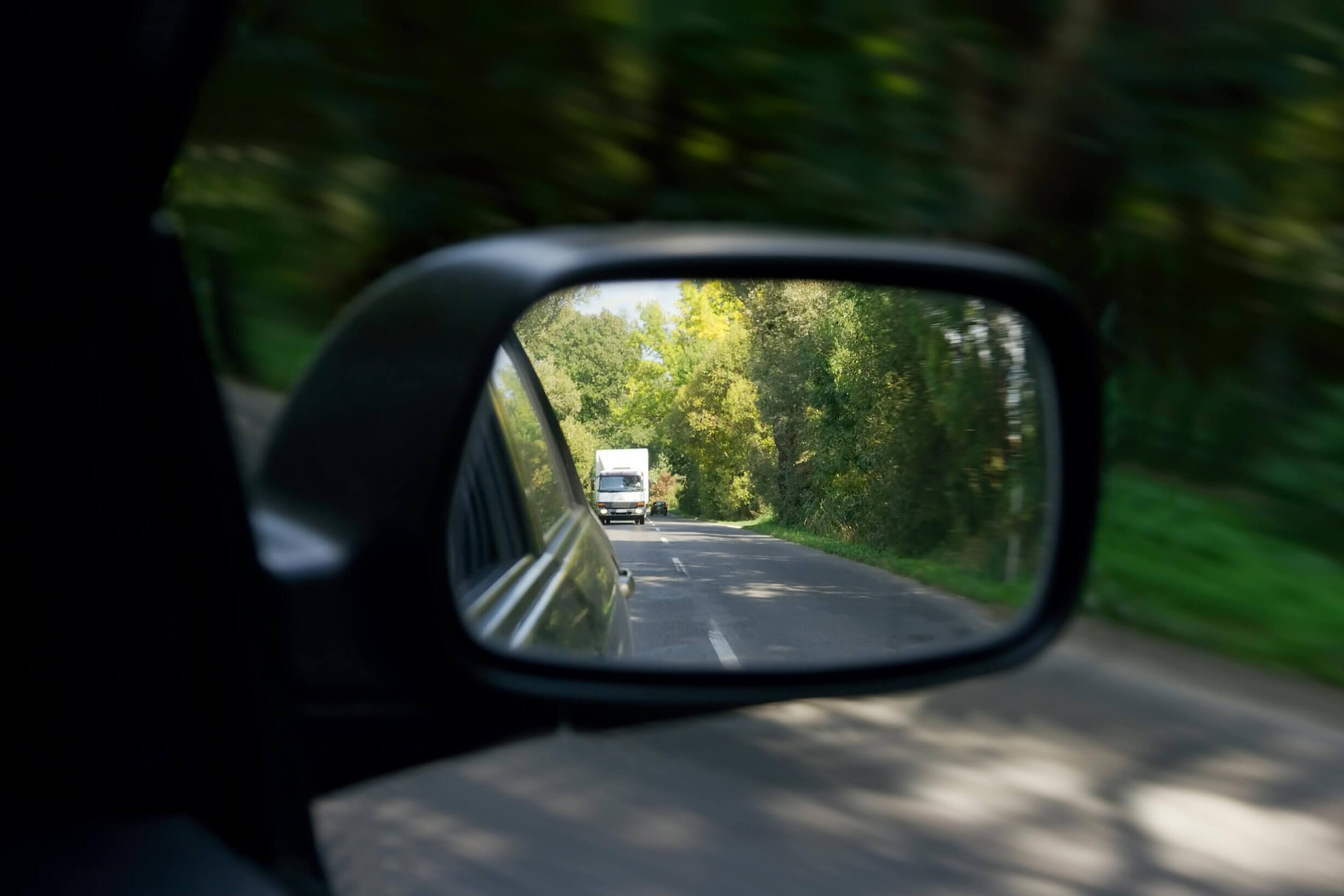A blind spot is anywhere around your car where your mirror cannot pick up. Most of the time, students think that if they’re checking the mirror, there is no need for them to check the blind spot, and that’s where they go wrong. So, when you’re enrolled in a driving school some instructors will teach you how to check blind spots when driving so you to be safe when on the road.
The blind spot is very critical when you’re driving and when you’re taking your road test.
How to Check Blind Spots
Checking your blind spots involves looking in the mirror and then over your shoulder. It’s that easy. Also, check the view out the window, and ensure there are no obstructions on the road.
Do not turn all round while checking the blind spot. This is because you want your entire focus to be on the direction where your car is headed to.
It won’t be long until it becomes completely natural to include it in your everyday observation practice.
Moving Off
You should look in every direction before stepping off the road. You will learn how to do this maneuver in a clockwise direction as part of your driver’s education. However, you need to check out:
- Over the left shoulder
- Look in the left-wing mirror
- The rearview mirror
- Your right-wing mirror
- Over the right shoulder
After an Emergency Halt
Before making a sudden stop, you won’t always have the opportunity to double-check your rearview mirror.
As a result, before you start driving again, you must ensure that your blind spots and mirrors are checked thoroughly.
Getting Back On the Road After Being Stuck In Traffic
Before going forward in traffic, you must double-check all three mirrors. In this situation, you don’t need to peek over your shoulder into your blind areas.
However, you should be aware of bicyclists or motorcyclists who could have come up beside you while you were stopped and pay attention to their presence.
At Junctions
When approaching intersections, the pillars on each side of your windscreen will obscure your view.
Therefore, you’ll need to:
- Reduce your speed as you approach to do the necessary observational checks on time.
- Tilt your head ever-so-slightly forward and look further ahead to see over your A-pillars and into the blind zones.
- Make sure to look left and right at least twice since this will give any approaching cars enough time to enter your field of sight.
When in Motion
When you’re behind the wheel, it’s best to keep your head facing in front. If you turn your head too frequently, it might throw off your lane alignment.
Because of this, there are mirrors so you can maintain a general watch on what’s happening behind you with a fast glance.
However, a simple glance in the mirror isn’t always sufficient. When switching lanes or another vehicle is merging in your lane, you should check your blind spot by looking in your mirrors and over your shoulder in the direction that is relevant to the situation.
Note that:
- Before you do anything else, look in your rearview mirror
- Examine the mirror located on the relevant wing
- Look over your shoulder
That should take up the whole region behind you, allowing you to switch lanes without preventing anyone from securely.
What are the Blind Spots While Driving?
Some areas your mirrors don’t quite reach, though they display most of what’s happening behind you.
Additionally, your vehicle can also obscure some portions of the road from view. These sections are the ones we call blind spots.
Every automobile has two primary blind spots, even though their dimensions change based on the automobile’s make, model, and size.
- Diagonally behind you. You can see vehicles much further back in your rear or side mirrors, but if traffic moves up in a lane beside you, they are obscured from view.
- Diagonally at the front. Your line of sight is obscured by your vehicle’s bodywork, namely the A-pillars on each side of your windshield.
When Is the Best Time to Check Blind Spots?
When you’re behind the wheel, you should constantly be aware of what’s happening around you. In most cases, you should be able to accomplish this by focusing on the roadway in front of you and often checking your mirrors.
Nevertheless, there are certain circumstances in which it is essential to swivel your head and check if there is anything in the areas you can’t see. These include:
- Before moving. You must confirm that you will not be going off directly into another person’s path.
- Before making a lane change. Motorists or cyclists may have drawn up beside you when you’re trying to pass another vehicle or get into the correct lane at an intersection.
It is not enough to stare in your mirrors and hope for the best while driving on multi-lane roads such as highways since other drivers may be changing lanes behind you.
- When other cars are entering your lane from an adjacent one. Drivers who wish to pull out from slip roads or merge into your lane in any other way require a clear distance in which to do so.
You have to make sure that you are not preventing anyone from entering the lane that you are in. If that’s the case, you need to adjust your speed or switch lanes to account for the situation.
- Making a turn into a secondary road. Before turning off a road, you should examine your blind spot, especially if you have just passed a bike. If you do not do this, and the cyclist is following you closely, you risk colliding with them as they continue in the same direction
- At crossroads. Your A-pillars may be hiding traffic approaching from the left or right. Before turning, you must ensure that you have performed the necessary observational checks.
(https://pierrepauldriving.com/)

